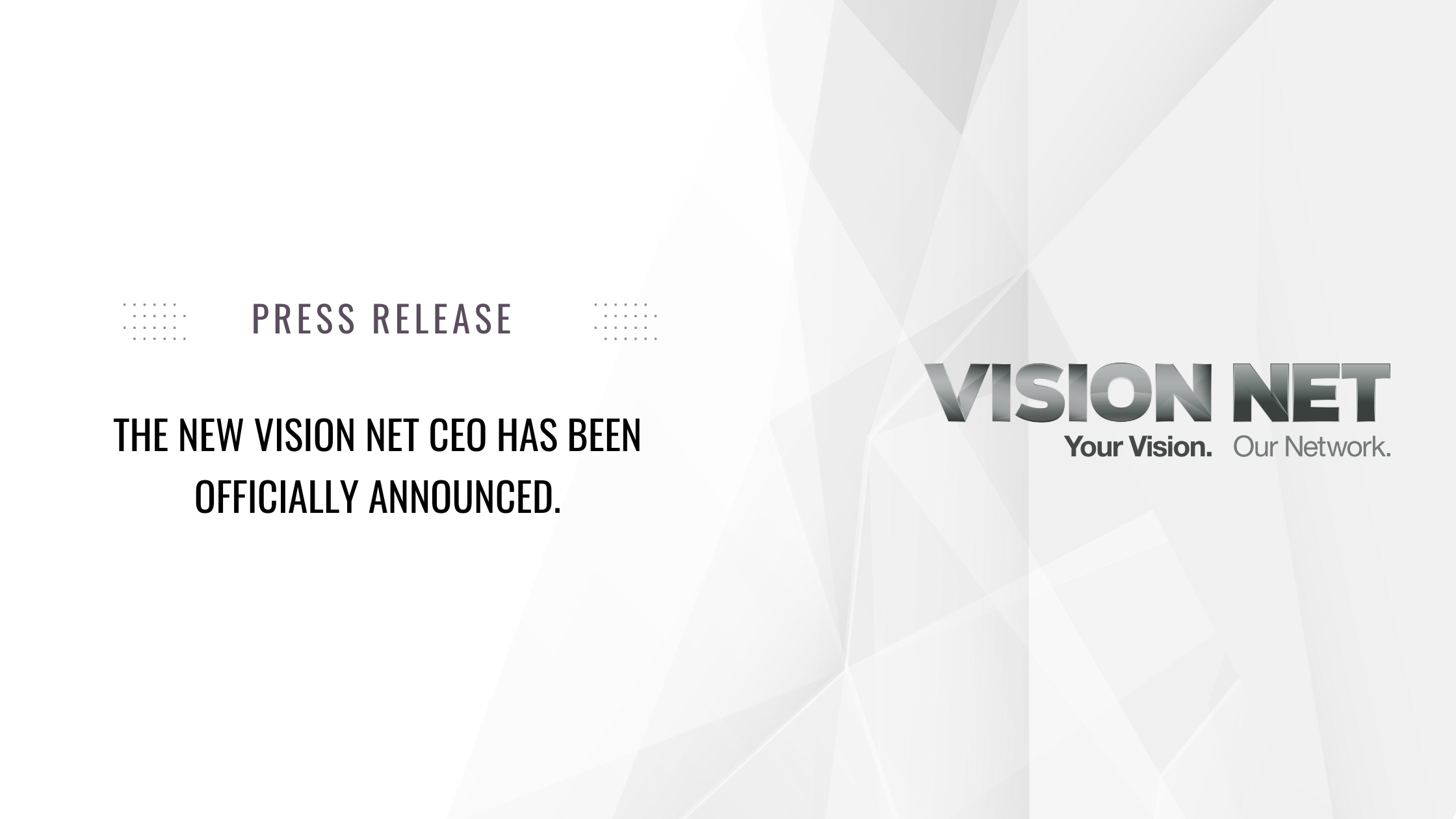
Not a day goes by that I don’t read or hear about the rapid transformation happening in the technology sector. Often, this news is focused specifically on telecom—the industry responsible for transmitting information through voice, video, or data—via wire, mobile, fiberoptics, and satellite.
As a telecom marketing professional, I get many questions about how these changes impact Vision Net’s marketing strategy. Here are a few of my recommendations for marketing in the ever-changing telecom space.
- Marketing strategy doesn’t change as much as marketing tools do.
You know that saying: the more things change, the more they stay the same. This is also true in marketing. Particularly in Martech—the intersection of marketing and technology—where the tools available to professional marketers are rapidly evolving, including copywriting by AI, chatbots, and email automation to drive drip campaigns. But one thing that remains the same is storytelling. Storytelling is at the heart of any good marketing campaign, allowing us to respond to the emotional needs of our clients while providing valuable product details and insights.
Years ago, most companies interacted with their clients through sales teams, products, and possibly public relations to garner media coverage. And still, sales and communications are significant in any comprehensive marketing campaign.
But today, there are many more client touchpoints. Through web and social media sites, firms can more easily connect with their audiences. Likewise, the client is empowered to learn more about the businesses they want to work with.
Social media, for example, has been a game-changer. Just ten years ago, a business could get by without a social media presence. Not today. Clients will seek you out on social sites to gain greater insight into your company and your values. Today’s consumer digs deep to find out who are you as an employer, a community member, and a brand. They are essentially asking themselves, “do our values align?” “Do I want to do business with this firm?” Your marketing must provide insights that help shape these perceptions.
2. Be strategic with how and where you share content
Clients must know you to trust you. You can share who you are as a company by using content to reveal your services and values. At Vision Net, we’ve put this idea front and center in our marketing strategy, pulling back the curtain so that our employees, company, events, and products are more visible. For example, we’ve profiled our team members in short video interviews, shared a series of photo updates on improvements made to our lunch and employee break rooms—including employees enjoying their new spaces, and have shared on social media our participation in community events such as the Special Olympics. With today’s conscious consumer and the greater emphasis on corporate responsibility, brands are expected to share their company culture and the many ways they contribute to their local communities.
The best content is built around themes that share company values while helping further business and sales goals. Ideally, it will be written so you can repurpose it through different forms of content, such as transforming a how-to article into a webinar.
This leads to my next recommendation: decide which sites and tools to leverage based on your customer demographic. Where do your customers go for information? Are they active on social sites like LinkedIn or Facebook? Put your content where your clients can find it.

For example, Vision Net leverages content tools such as case studies, thought leadership articles, blog posts, videos, and graphics on LinkedIn and Facebook to reach clients on those channels. The goal is to provide valuable content and insights to our clients, building trust and credibility upfront.
Additionally, we’ve experimented to determine how often our customers and followers want to see new content (e.g., how many times a day; how many times each week) on social media and our website. It’s worth it to take the time to track visits, comments, and shares to better understand your audience’s needs and wants.
3. Base Your Decisions on Insight
Data now drives everything, providing real-time insights into consumer behavior and preferences, product performance, search engine optimization (SEO), browsing behavior, and email drip campaign response. With the right tools, you can mine your data to determine what’s working and what isn’t and then inform future marketing efforts with the goal of improving conversion rates.
Before big data and database marketing, businesses had to guess many of the specifics of their campaign, then wait for its end before evaluating if it was successful. Fortunately, today’s marketer no longer needs to rely on intuition. With data in hand, marketing professionals can accurately track and monitor in real-time an ongoing campaign, conduct A/B tests, measure results, and analyze the impact. Even better, necessary adjustments can be made immediately rather than weeks or months later. These powerful tools empower businesses to improve client messaging and efficiency across campaigns, delivering greater ROI.
B2B organizations ready to adapt to this new data-centric landscape increase their odds of rising above the competition and ultimately see growth in sales.
At Vision Net, there are multiple ways we collect and analyze data. For example, a digital email campaign allows us to track how many email opens and clicks we receive and from what audience. From here, we can easily determine which message or set of messages was most effective and then adjust accordingly. With a print ad, you don’t have this same opportunity to fine-tune a message mid-campaign.
One thing we’re watching closely at Vision Net is the change in third-party tracking. Previously, advertisers collected customer data with these cookies, tracking users between websites and displaying ads relevant to their browsing history. To be sure, this is a rapidly evolving landscape, with new—sometimes existing—data mining approaches announced almost weekly. Companies such as Google are trying to balance customers’ needs who pay for data to drive their online advertising campaigns with those of the search engine user, now questioning how much of their personal data is and should be available for corporate consumption. It remains to be seen what new methods surface from this change and take hold, but it will be important to stay informed and understand how best to use what comes next. Because in tech and certainly with data collection, there is always a next.

It is no longer enough to simply promote your products or your brand. Savvy marketers recognize the many opportunities and tools available and leverage those to best meet their needs and the needs of their clients. But don’t let Martech distract you; most of the times, your company doesn’t need all the bells and whistles. Put more succinctly, sharing product specs, having the new shiny AI tool is great. Providing a deep dive into the values, passions, and people that drive your company via tools that resonate is even better.







